Art Picks: Works Under $5,000

By CGN STAFF
Last week we featured works to buy for under $1,000. Admittedly that was a pretty low limit, which was part of the fun of seeking it out to share with you. Now we are following up with a list of select works that are available for under $5,000. As we said last week, of course there is always art available at a wide range of price points and price is just one part of understanding, appreciating and valuing art.
Particularly in this price point, we see more established artists offering more affordable versions of their well-known work. There is a lot of beautiful work to view and consider.
Galleries are still open by appointment for visits and pick-ups. If you make a purchase online check to see about shipping times and dates.
Remember, when you purchase a work of art, you are supporting artists and the galleries that represent them!
Some art buying tips and pricing reminders to keep in mind:
• There are many factors that go into pricing art, such as the medium (photography and prints vs paintings), the quantity available (in an edition of 25, or a unique work) as well as the reputation of and career stage of the artist (a young, emerging artist vs a contemporary master)
• Not all prices are marked when you visit a gallery exhibition or art fair. But that does not mean that you cannot ask for a price, and maybe even discuss a (be reasonable!) discount.
• Payment plans are often available. Ask before you buy what the options are.
• Explore on your own, and don't hesitate to contact a gallery or artist to get a conversation started.
• Use CGN as your guide to learn when shows are happening where and then get out there and look for yourself!
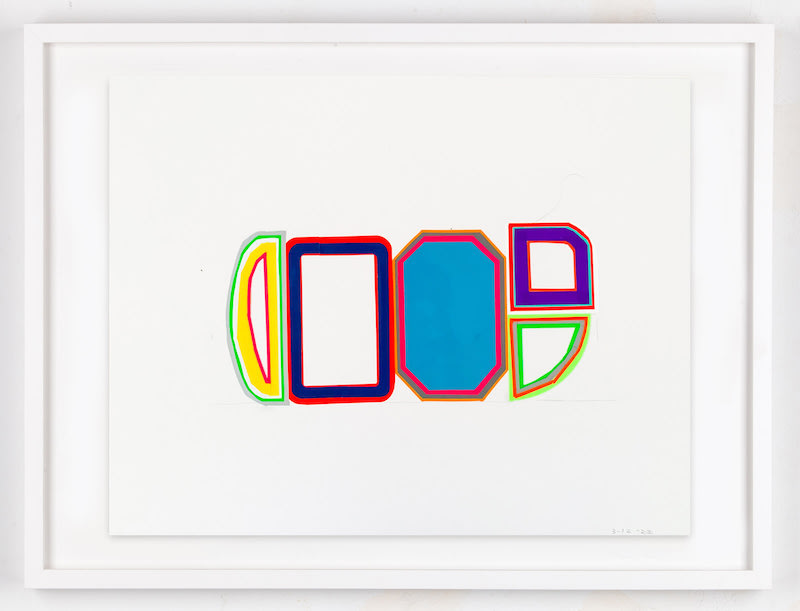
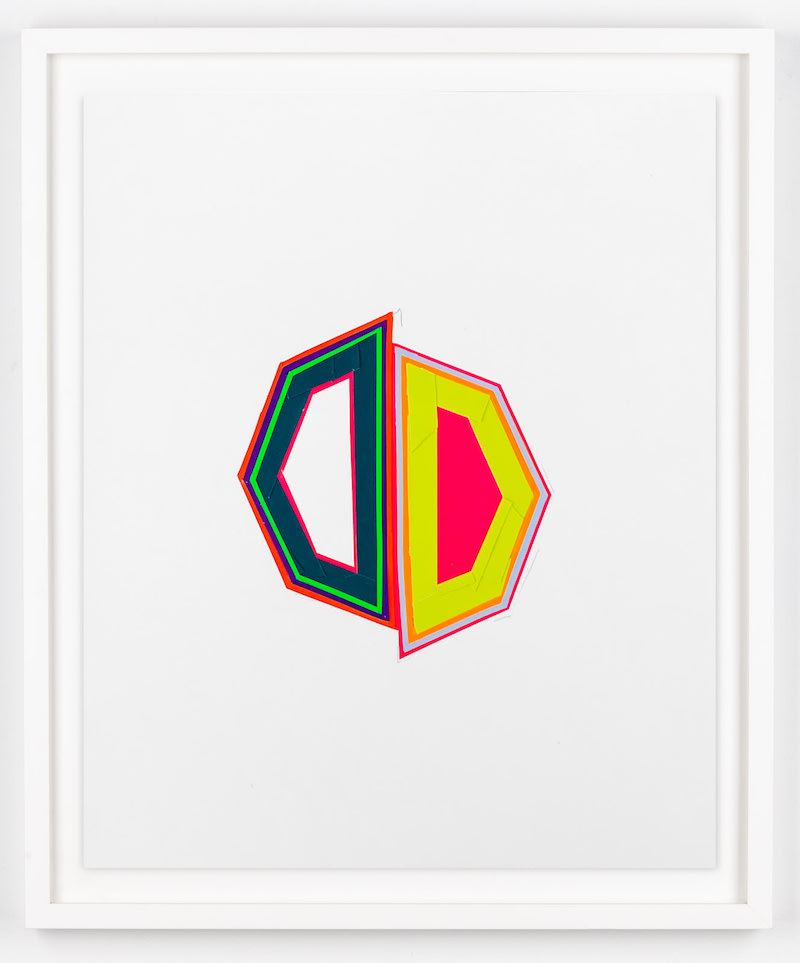
The five-panel Beverly Fishman is $5,000. The two-panel Beverly Fishman is $4,000.
Combining the handmade with the industrial, Fishman employs a variety of techniques to explore technological, scientific, and biological systems of perception and representation, instigating constructive conversations about the ways people see their bodies and minds, and construct their identities. Her most illustrious bodies of work engage with the visual language of the medical industrial complex. For example, her highly-polished Pill reliefs utilize iconic pharmaceutical forms as the basis for seemingly abstract compositions that radiate with color. Her brilliantly complex Dividose paintings appropriate the unsettling, multilayered, linear aesthetic of medical imaging technologies such as EEG and EKG machines, provoking levels of optical fascination capable of eliciting physiological responses from viewers.
Fishman's materials list has included traditional supports such as wood, paper, blown glass and aluminum, as well as more unconventional elements like cast resin, mirrored Plexiglass, powder-coat-ed metal and phosphorescent pigments. She also frequently uses mediums like chrome and urethane automotive paint that speak in conversation with the legacy of the Detroit area, where she has lived and worked since 1992.
Kavi Gupta will create a custom viewing room for you based on your interests and price range.
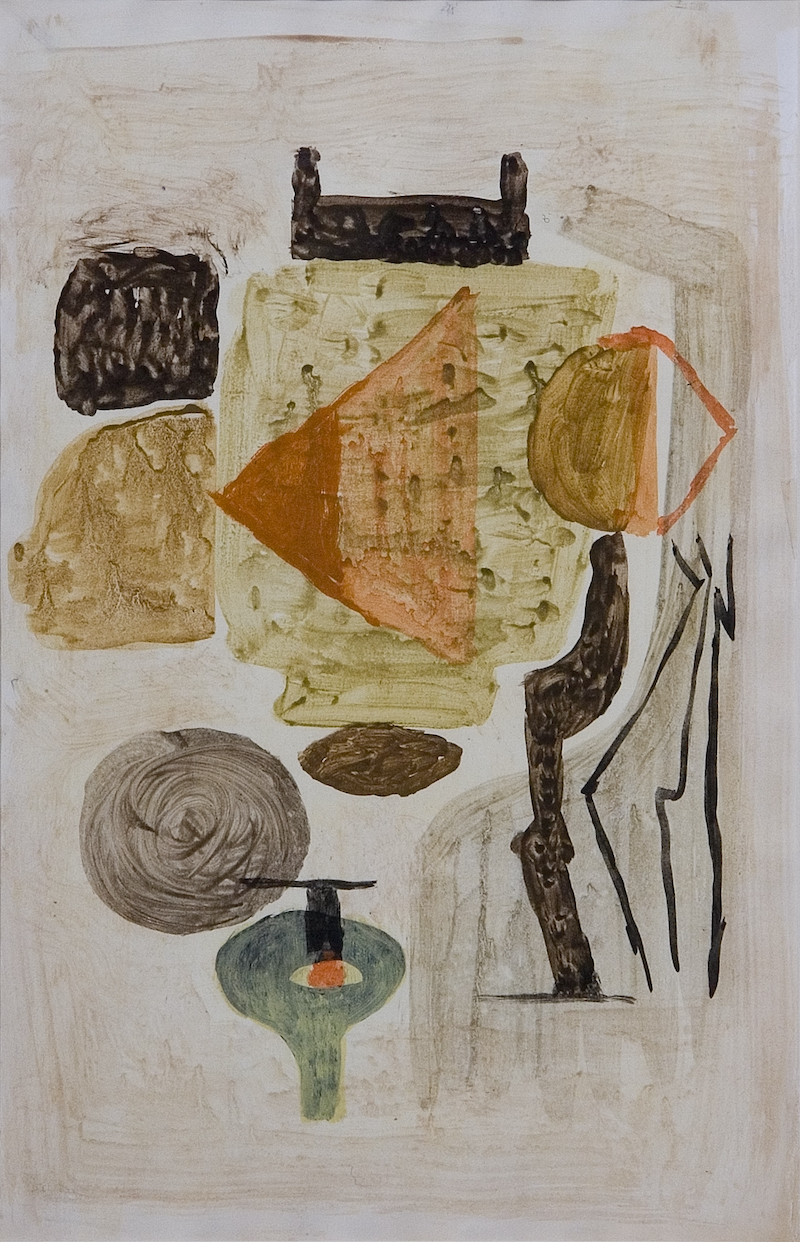
At the Seams, Ink, watercolor, and graphite on paper, 22.5 x 22.5 in
Edna Reindel (1894-1990), Geometric Still Life, Watercolor on paper, 13 1/2 x 10 1/2 inches
$1,500
Edna Reindel was a subtle Surrealist and American Regionalist painter, printmaker, illustrator, sculptor, muralist, and teacher active from the 1920s to the 1960s. She is best known for her work in large-scale murals, New England landscapes, and later for her commissioned work of women workers in WWII shipyard and aircraft industries as published in Life magazine in 1944.
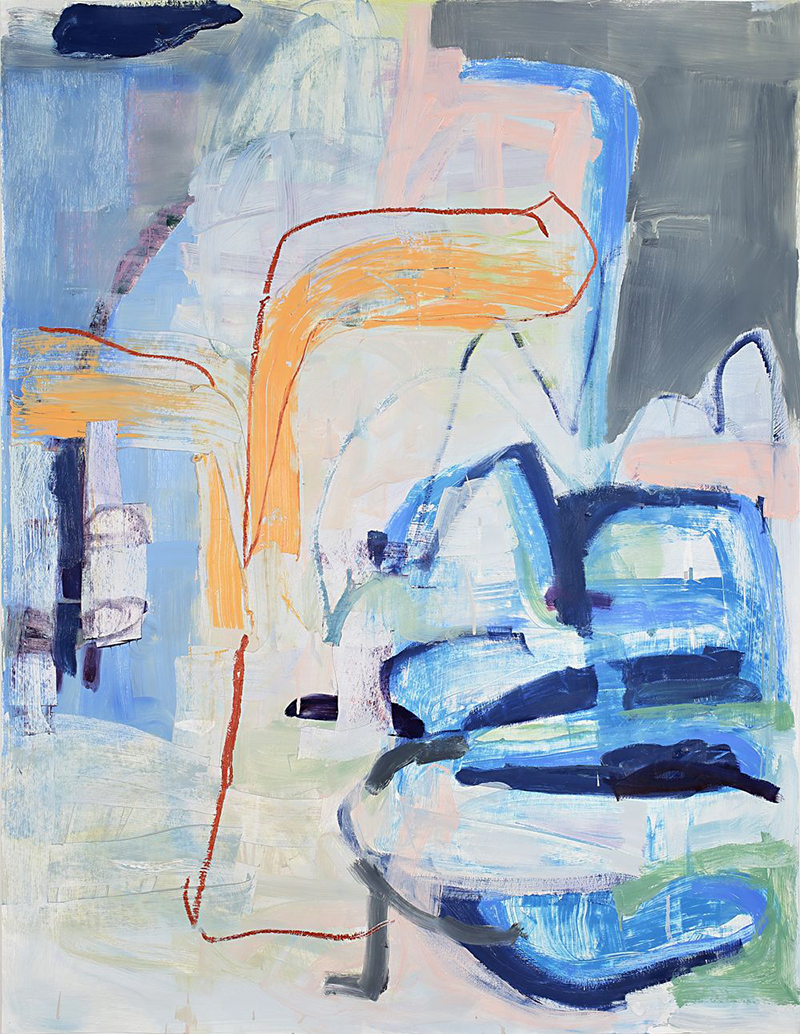
Lori Glavin – Anne Loucks Gallery
When We Were Young, oil on paper, 50 x 38"
$4,000
Glavin says her abstract paintings and monotypes are inspired by a fresh examination of the familiar. A neighborhood walk, the delicacy of a shadow on a wall, and the observation of pattern in her knitting projects are starting points for constructing an image. Influenced by the repetitions and rhythms of domestic life, she collects, combines, and sorts; alternating between large shapes and small bits to make an arrangement of nuanced color and shape that becomes a monument to minutiae.

Omar Imam – Catherine Edelman Gallery
Untitled, 2015 [car technician not a doctor], From the Live, Love, Refugee series, 12 x 16", 18 x 24", 35 x 47" pigment print. Edition of 8 + 2 AP's, 6 + 2 AP's, 4 + 2AP's
$1,800–$2,400 (Live, Love, Refugee images are available as 12 x 16", 18 x 24" pigments prints made in editions of 8 + 2 APs and 6 + 2 APs respectively. Pieces range in price from $1800 to $2400, depending on size and availability.)
In 2012, Syrian activist turned photographer Omar Imam (b. 1979 Damascus) was kidnapped and tortured by a militia and only let go when a friend intervened. Soon after, Imam left Damascus with his parents and wife, settling in Beirut where he and his wife started a family. In 2016, he moved to Amsterdam, where he and his family currently reside.
Live, Love, Refugee is Imam’s photographic response to the chaos erupting in his homeland. In refugee camps across Lebanon, Imam collaborated with Syrians to create photographs that talked about their reality, rather than presenting them as a simple statistic. As a refugee himself, Imam understands the loss and chaos of being displaced from ones home. But dreams cannot be eradicated -- dreams of escape, dreams of love, and dreams of terror. These dreams are what Imam set out to capture.
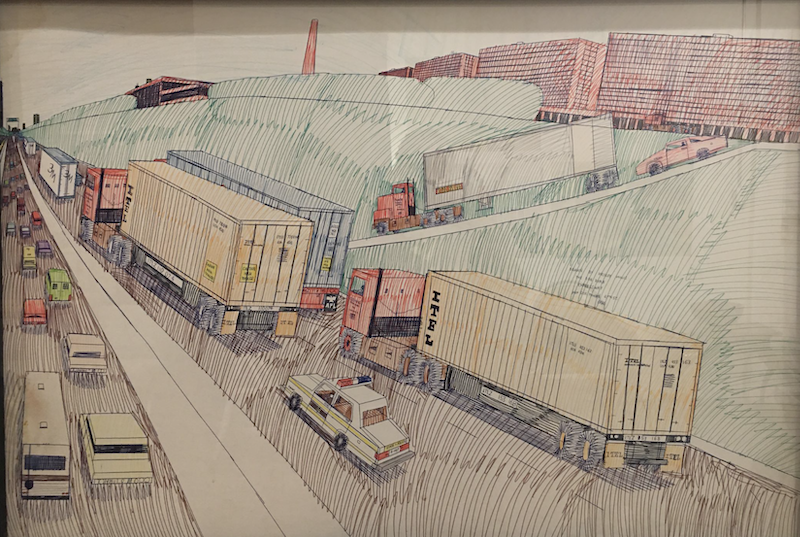
Wesley Willis – An Orange Moon
The Dan Ryan Expressway Past 51st Towards 47th ( Trucking), ballpoint pen and marker on Crescent board, signed and titled right middle, 28″H x 41″L
$4,500
Wesley Lawrence Willis (1963 – 2003) was an American singer-songwriter and visual artist. Diagnosed with schizophrenia in 1989, Willis began a career as an underground singer-songwriter in the outsider music tradition. Willis gained a large cult following in the 1990s, particularly after the release of his 1995 Greatest Hits album on the Alternative Tentacles label, and received the nickname "The Daddy of Rock 'n' Roll". He was also a visual artist long before he developed an interest in music, and produced hundreds of intricate, unusual, colored ink-pen drawings, most of them of various Chicago streetscapes; he frequently sold these on the street for between $20 and $40. (via Wikipedia)






